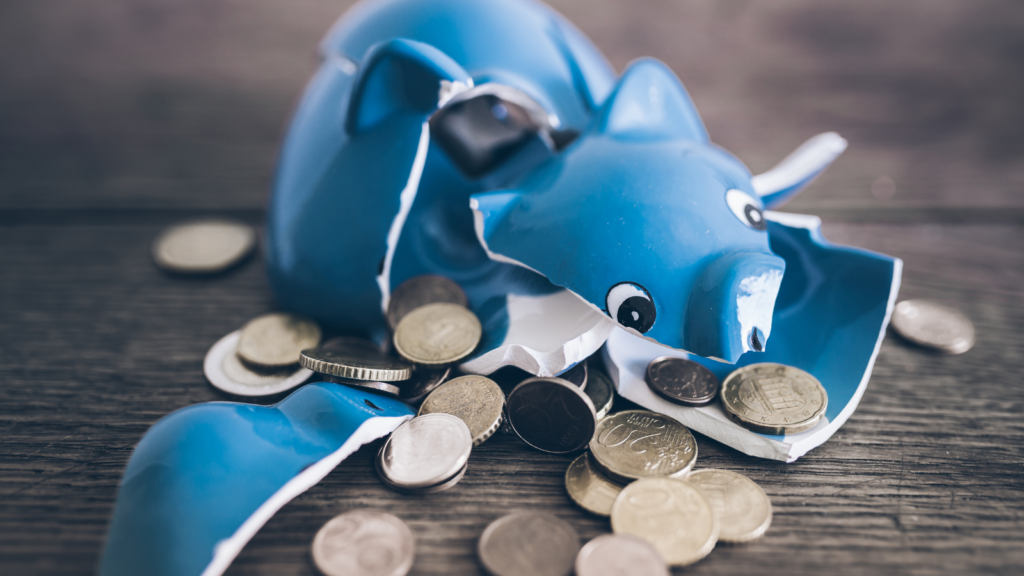

It’s a new year, and you want a fresh start. You have a ton of medical bills, credit card debt, car note, utility bills, and other expenses that you would like to dispose of, but you are not sure how to do it. If this is you, then filing bankruptcy is one of your best options to wipe your slate clean…literally!
The first step is to decide which type of bankruptcy you should apply for and why. Chapter 7 can is used to discharge mostly consumer-related debts like the ones referenced previously. Chapter 13 is used to make a repayment plan of up to 60 months to catch up on your mortgage, care note, and other debts. Chapter 11 is used primarily for business restructuring, and Chapter 12 is used for farms.
This video will focus on filing Chapter 7 bankruptcy to discharge consumer debts. You can start your petition by listing all of your debts. This is extremely important, because you can only file for Chapter 7 bankruptcy once every 8 years. Failure to list all of your debts may result in the debt not being discharged, and you will remain responsible for paying them. You will have to wait 8 years from the date of your last filing to file again if you fail to amend your petition to include any debts you may have forgotten before the Court enters an Order discharging your debt.
In addition to listing your debts, you will also have to list your monthly household and personal expenses, along with your earned and unearned income sources (e.g., employment, unemployment, Social Security benefits, etc.). This information is important, as it provides the bankruptcy trustee with insight as to whether you have any assets that can be used to pay off your debts instead of discharging them. Finally, you must complete a credit counseling course prior to filing for bankruptcy, and a copy of your course completion certification must be filed with your bankruptcy petition.
After you file your petition, you must then pay a filing fee of $338.00 to the United States Bankruptcy Court. You can make this payment electronically or by paying it in-person at the window in the bankruptcy court. You may also enter into a payment plan if you cannot afford to pay the fee in its entirety. You can also request a fee waiver if you cannot afford to pay the fee; however, a fee waiver or proposed payment plan must be approved by the bankruptcy judge assigned to your case.
Once your bankruptcy petition is filed with the Court, all of the creditors listed in your petition will receive notice that you have filed for bankruptcy, and an automatic stay goes into effect. This means that any creditors listed in your bankruptcy petition must cease all collection activity against you. Please be advised that a creditor can challenge the stay by filing a motion with the Court requesting it be lifted as to that particular creditor. Once filed, the Court will hold a hearing to determine whether to lift the stay or keep it in place.
Approximately 3-4 weeks after you file your bankruptcy petition, you will have a 341A Meeting of Creditors with a bankruptcy trustee who will review your application and ask you questions about it. Prior to the meeting,
you will receive a letter from the trustee requesting that you provide information regarding your income including your tax returns (last 2 years from filing date), paystubs (6 months’ worth), and information regarding the value of real property if you own a home or a brick-and-mortar business. If there are no concerns regarding your petition, the Meeting of Creditors should last no more than 10-15 minutes. In most cases, creditors do not appear for these meetings, so it will most likely be a one-on-one meeting between you and the bankruptcy trustee assigned to your case.
Once the meeting is completed, the creditors listed in your petition will have 60 days to challenge your petition. In the meantime, you must complete a second credit counseling course and file your certificate of completion with the Court. This should be done no more than 45 days after the 341A Meeting of Creditors is completed. Your case will be dismissed if you fail to file the second credit counseling certificate, and you will have to restart the process all over again.
If there are no challenges to your bankruptcy petition from the time you file until the 60th day of the 60-day challenge period, the bankruptcy court will issue an Order discharging all of the debts listed in your bankruptcy petition. What this means is that you will no longer be financially responsible for these debts, and they will each be listed as having a $0 balance on your credit report. To ensure all debts have been discharged, you should order a copy of your credit report from each of the three credit bureaus (Experian, Equifax and TransUnion) to confirm. It is important to note, however, that bankruptcy filings will remain on your credit report for 10 years.
Finally, although you have filed for bankruptcy and had your debts discharged, you can still apply for and receive credit. However, it is important to note that you may receive credit but at a higher interest rate given your bankruptcy filing. To ensure you do not have a repeat filing in the future, it is important that you use credit wisely once your debts are discharged.
For more information about filing a Chapter 7 bankruptcy, or for further assistance, please contact Central Jersey Legal Services.
Mercer County: (609) 695-6249
Middlesex County: (732) 249-7600
Union County: (908) 354-4340
